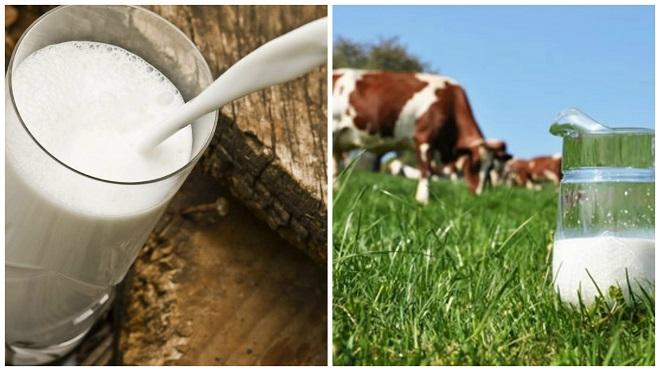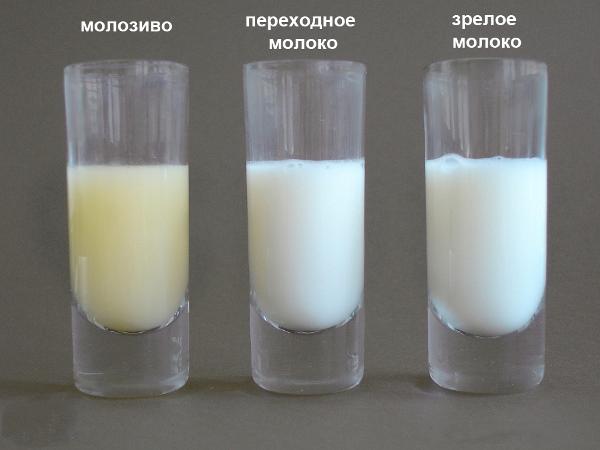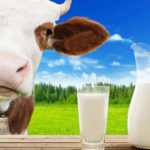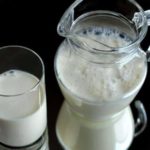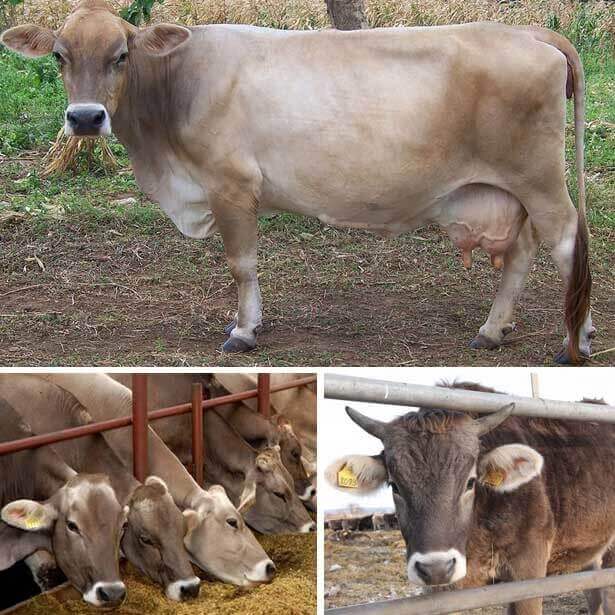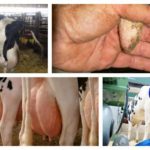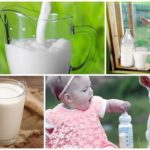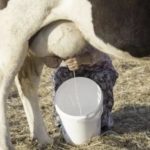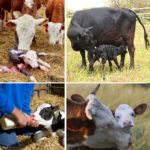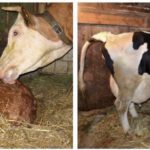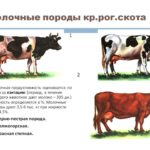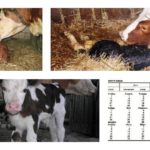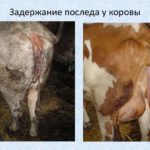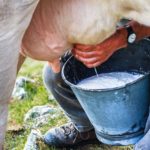Despite the widespread use of the concept of lactation in animals, what it really is is known mainly to farmers and veterinarians. This process is accompanied by milk production and determines the productivity of raised livestock. The quality of future products depends on how lactation proceeds. Moreover, during this period, the internal organs of adult animals experience increased stress.
What is lactation in cows
Lactation refers to the process during which the body of cows begins to produce milk, which accumulates in the udder.This happens due to the interaction of the endocrine and reproductive systems in animals, which produce the corresponding hormones.
This period begins 4-5 months after the calves appear. Over time, the amount of milk secreted first increases and then decreases. This happens for natural reasons. Shortly before the appearance of new offspring, the amount of milk produced is reduced to a minimum or milk production stops (a dry period begins).
Process duration
The lactation process lasts, on average, 305 days. However, this indicator is not ideal and varies depending on the conditions of detention, the breed of the animal and other factors. If a cow calves at the same time every year, the process takes 315 days, and the dry period lasts 60 days.
An important condition for the normal development of an animal is the cessation of milk production. This is recommended to be done 80 days before the calf is born. If you do not stop milking, the animal’s weight will begin to gradually decrease, which will eventually lead to the death of the cow.
Phases of the lactation period
As already noted, the lactation process is not constant. This is explained by the peculiarities of the animal’s body. The process takes place in three stages:
- colostrum formation;
- normal milk production;
- formation of old milk.
Each stage is important for the animal's body. Cessation of colostrum secretion or continuous lactation can cause the death of the cow.
Colostrum
Colostrum appears immediately after the calf is born. The duration of this stage is 7-10 days after calving.
Colostrum is considered a nutritious fluid, which contains substances necessary for the normal development of the calf:
- vitamins;
- fats;
- protein;
- microelements and others.
Colostrum also contains microorganisms (in particular, lactobacilli) that ensure the development of the gastrointestinal tract and the maintenance of digestive processes in the born offspring.
This liquid forms primary immunity to environmental influences. Colostrum is not used for human consumption.
Normal milk
The cow produces milk that can be drunk by humans during the first two weeks after calving. The length of the period during which an animal can be milked ranges from 190 to 280 days. This indicator also varies depending on the conditions of detention and other factors.
During the first months after calving, the daily milk yield reaches 15 liters. Then the volume of fluid released decreases.
Old milk
At the final stage of the lactation period, old milk is secreted in cattle. This phase lasts for 7-10 days, after which dead wood begins. Old milk is not used in food production. This is due to the low calorie value of the product. Old milk has a significantly increased concentration of proteins and leukocytes, but reduced acidity. At this stage, the secreted liquid has a bitter taste.
Rules and frequency of feeding during lactation
Despite the fact that the lactation period is divided into 3 stages, the nature of feeding changes 4 times:
- New body. This period lasts for two weeks after the calf appears.At this time, the animal needs to be given hay, gradually increasing the volume of root crops and grain. Silage can be included in the diet five days after calving.
- Razdoy. During this stage, which lasts up to four months, the cow requires intensive nutrition to stimulate milk production. Moreover, if increased milk yields are observed during the milking period, the amount of roughage should be reduced by 18%. The animal is also given molasses, potatoes and beets.
- Mid-lactation period. For 5-8 months, the main feed is hay. In this case, the cow’s diet must be adjusted taking into account the volume of milk production.
- Recession period. When transitioning to dry wood, it is necessary to avoid overfeeding. At this stage, it is recommended to combine grain and concentrated feed or silage and root crops.
To increase milk yield, it is recommended to include the following foods in the diet:
- wet (silage combined with root crops and food waste);
- semi-moist (highly concentrated additives, haylage);
- coarse (hay obtained from forbs);
- dry nutritional mixtures;
- concentrated;
- vegetables.
The optimal feeding frequency is 3 times a day. However, if the animal produces a lot of milk, it is recommended to give food up to five times a day. In the first days after calving, no more than two kilograms of hay should be fed. Over time, this parameter can be increased to 6-9 kilograms. When an animal is transferred to roughage, it is recommended to feed up to 15 kilograms of hay per day. This occurs 1.5 months after calving.
For farming, it is important to provide animals with free grazing. But in this case, it is recommended to include vegetables in the diet.

